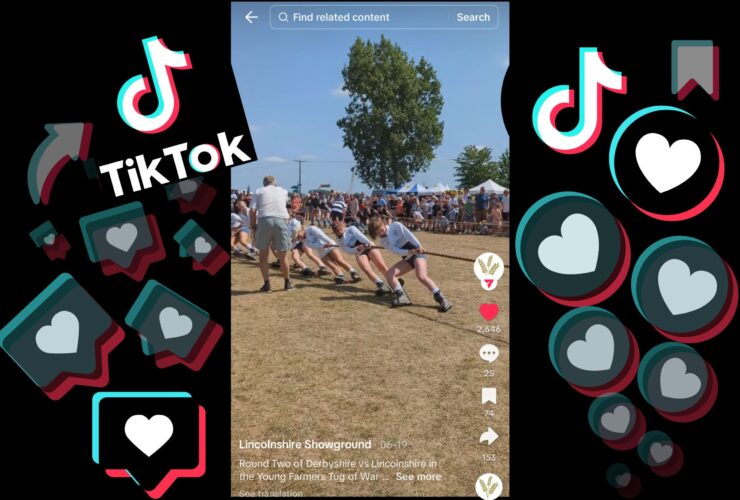Email marketing is often overwhelming for customers – not so much in content, but in terms of the sheer scale of spam they’re forced to wade through.
Like you, they’re subjected to a barrage of offers and alerts every day. So, how do you ensure that your email stands out in an overladen inbox?
Here are five tactics that turn inbox attention into measurable results for your email marketing campaigns.

Have a clear, definitive aim – BEFORE you draft your content
First, you’ll want to clarify your audience and articulate your aims.
Who are you sending this to and why? This might seem basic suggestion, but it’s all too easy to lose focus and attack your audience with too much information.
Keep it clear, clean and to the point. They should be able to immediately see what you’re offering and why it’s relevant to them. Once you’ve cracked that, then you can start to explore ways to refine your messaging to really upsell your offering in the best possible light.
Lead with impactful subject lines
Subject lines are the first thing that readers will see – and often the only deciding factor that will determine if your email is worth a cursory glance before moving on. It sounds harsh, and perhaps it is, but it’s a painful truth that can’t be ignored.
For this reason, ensure that your subject line is direct, explains why you’re emailing, and is concise yet compelling; as a general rule, keep it to ten words or fewer.
Less isn’t always more, but especially when it comes to digital marketing. Over half (57%) of users now use mobile devices to access your content, so you’re not just contending with their hectic schedules but also the size of their screens, which can easily cut off your messaging.
Keep it brief and bold. Stick to intriguing, impactful statements that pique interest to ramp up your open rates – but don’t be misleading, or you’ll soon find yourself witnessing a sea of unsubscribes.
Ditch the ‘AI slop’
This might sound obvious, but with the sharp spike in AI-generated images and text online, many marketers are growing complacent. Alone, this is troubling – but when you factor in that over half of your audience is actively against the prevalent use of AI-generated content, it becomes a billowing red flag.
55% of consumers admit heavy use of AI in content makes them acutely uncomfortable, according to research from Forbes. So, while it can certainly be a time-saver, it can – and does – cause audiences to disengage. After all, if you didn’t bother to write your content, why should they bother to read it?
Personality pays, so ensure that your content accurately reflects you and your brand values.
Have one compelling call to action
This is similar to our first point but it’s just as important. People aren’t going to keep going back and forth between your email and their browser and they aren’t going to remember multiple instructions when they read.
Instead, you should state your intent and direct people where you want them to go. Whether it’s reading your latest blog post or news article, booking a consultation, or making a meaningful purchase, make it unmistakably clear what customers should do.
Of course, remember to always, always triple-check your links! Your call to action is only as strong as your audience’s ability to actually follow through with it.
Manage your mailing lists very carefully
A bloated list of email addresses is a waste of your time and your audience’s time and it might not comply with data protection laws if you’re not careful.
Ensure that you only email customers or prospects who have directly engaged with you and opted into your mailing lists.
From there, you should ensure that they are able to choose when you contact them. Maybe they want to only see your offers as they become available, or perhaps they only want specific updates (like legislative changes relevant to them, or upcoming events). When it comes to your mailing lists, one is never enough, so you should ensure you keep them updated and separate.
Also, while you’re at it, under no circumstances should you buy a list of email addresses off the internet. Not only is this likely to be completely worthless to you, but it’s also likely not to conform to GDPR.
Turn inboxes into influence
Your audience’s inboxes aren’t just another marketing channel; you’re speaking to people directly, in what is quite literally their personal space. Keep your messaging clear, concise, and on their terms.
Worried that your campaigns aren’t converting into customers? Get in touch with our team of expert marketers today. We’ll explore what’s not working, why and, more importantly, what you can do about it. Let’s talk.



